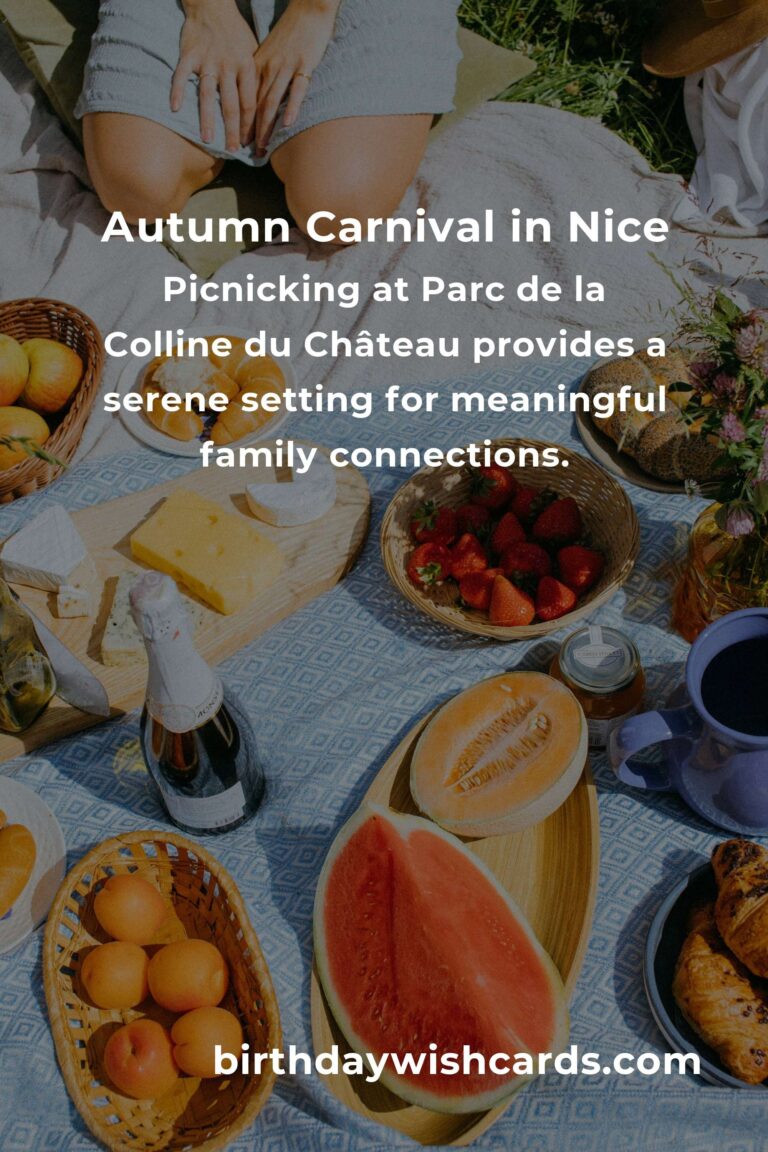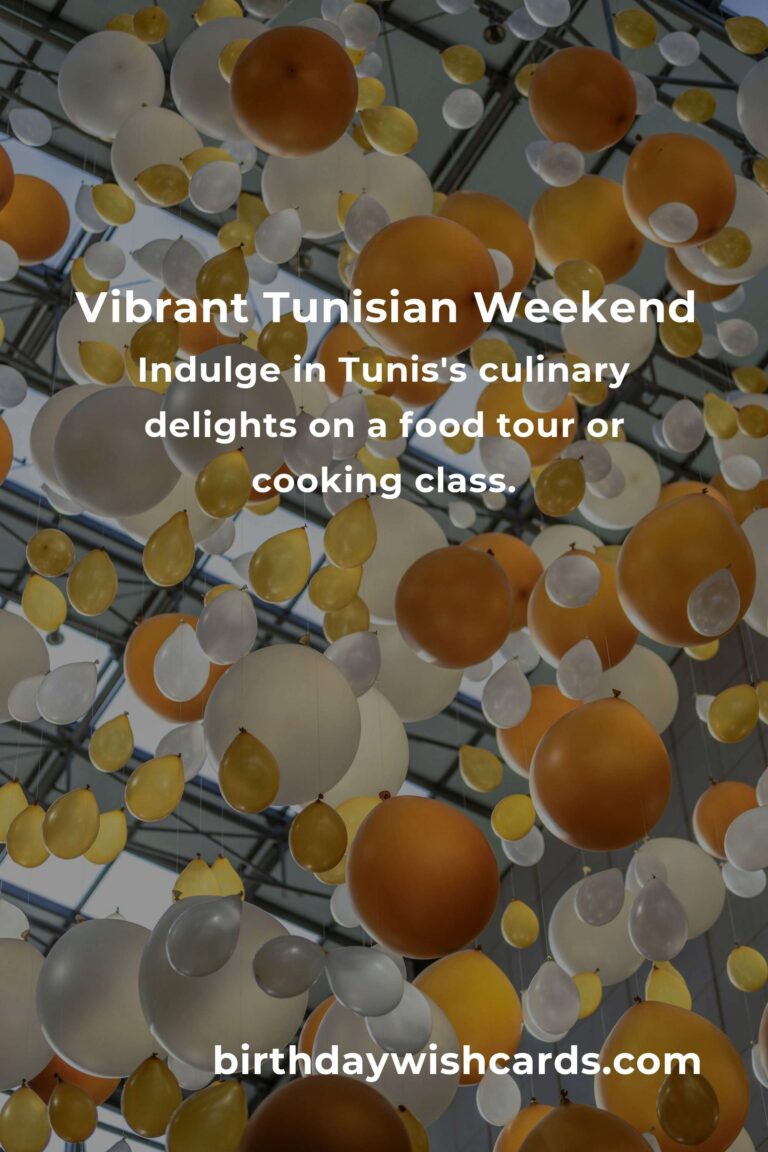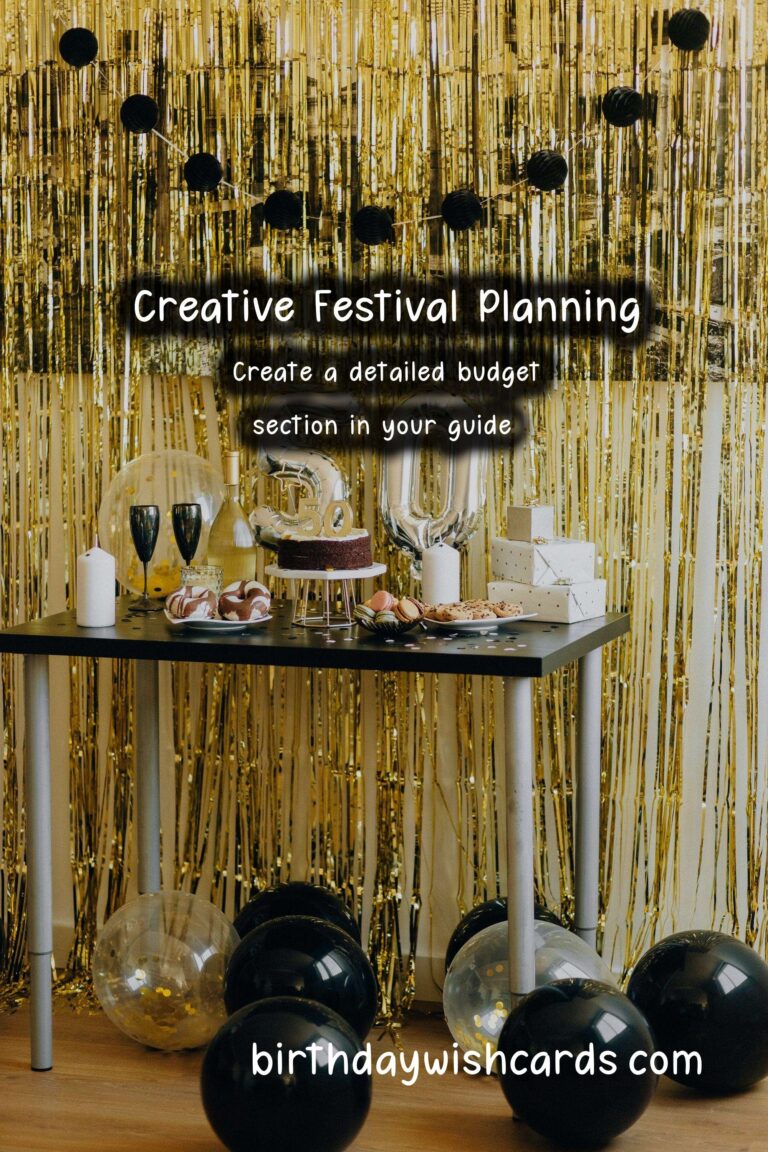
Planning a festival can be a colorful and exhilarating experience, filled with creativity and excitement. To ensure that your festival stands out, you need a comprehensive guide that encapsulates every detail beautifully. This article provides colorful ways to create an effective festival planning guide that captures attention and serves as a practical resource.
Understanding the Essence of Your Festival
The first step in creating a festival planning guide is to understand the essence of your festival. Explain its purpose and target audience clearly. Is it a cultural celebration, a music festival, or a food festival?
Define your vision and the specific theme that will shape the festival.
Choosing a Vibrant Theme
Selecting a vibrant theme is vital as it sets the tone for all elements of the festival. Consider using color palettes that reflect the theme. For instance, a summer festival might employ bright yellow and orange hues, while an autumnal event could utilize deep reds and oranges.
Include lists of color schemes that resonate with your festival’s atmosphere. You could also incorporate graphics to visualize these colors.
Detailed Budgeting and Financial Planning
Next, create a detailed budget section in your guide. Break down costs into categories such as venue, permits, marketing, and entertainment. Use tables and charts for a clear representation of the budget.
Highlight potential sponsorships and fundraising strategies to enhance fiscal health.
Venue Selection and Setup
Once your budget is set, it’s time to choose the perfect venue. Research locations that fit your theme and can accommodate the expected number of attendees.
Use maps and diagrams in your guide to showcase the layout of the venue, including stages, food stalls, and rest areas.
Permits and Insurance
Don’t forget to include a checklist for permits and insurance requirements. Outline who is responsible for obtaining these and the timeline for each requirement.
Entertainment and Activities
Entertainment is the heart of any festival. Include sections in your guide dedicated to performers, speakers, and any activities that will engage festival-goers.
Use colorful imagery and descriptions to illustrate the unique experiences you’re offering. This could range from live music to interactive workshops.
Marketing Strategies
To attract attendees, develop effective marketing strategies, including social media campaigns, flyers, and partnerships with local businesses. Discuss the use of eye-catching visuals and hashtags to promote the event.
Create an Engaging Schedule
The festival schedule is essential for guest experience. Use vibrant graphics and a user-friendly layout to create an engaging one. Make sure attendees can easily find information about performances, food availability, and other activities.
Volunteer and Staff Coordination
Volunteer support is crucial for festival success. Include plans for recruitment, training, and coordination in your guide. Provide details about roles and responsibilities for each staff member.
Post-Festival Review
After the festival, conduct a review. Include sections in your guide for feedback and analytics to evaluate the event’s success.
Conclusion
Creating a colorful festival planning guide involves detailed organization and creativity. By following these tips, you can ensure your festival stands out and leaves a lasting impression. Remember, the key is to have fun while planning!
Planning a festival can be a colorful and exhilarating experience, filled with creativity and excitement. Create a detailed budget section in your guide. 
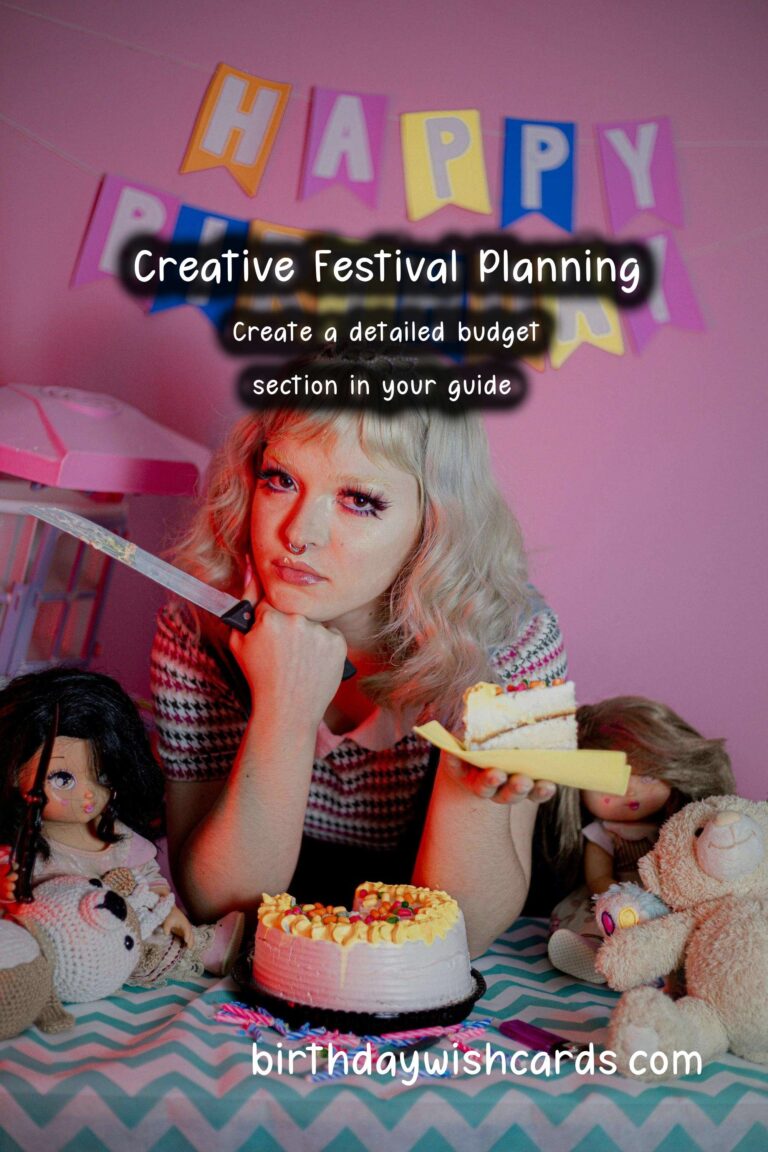
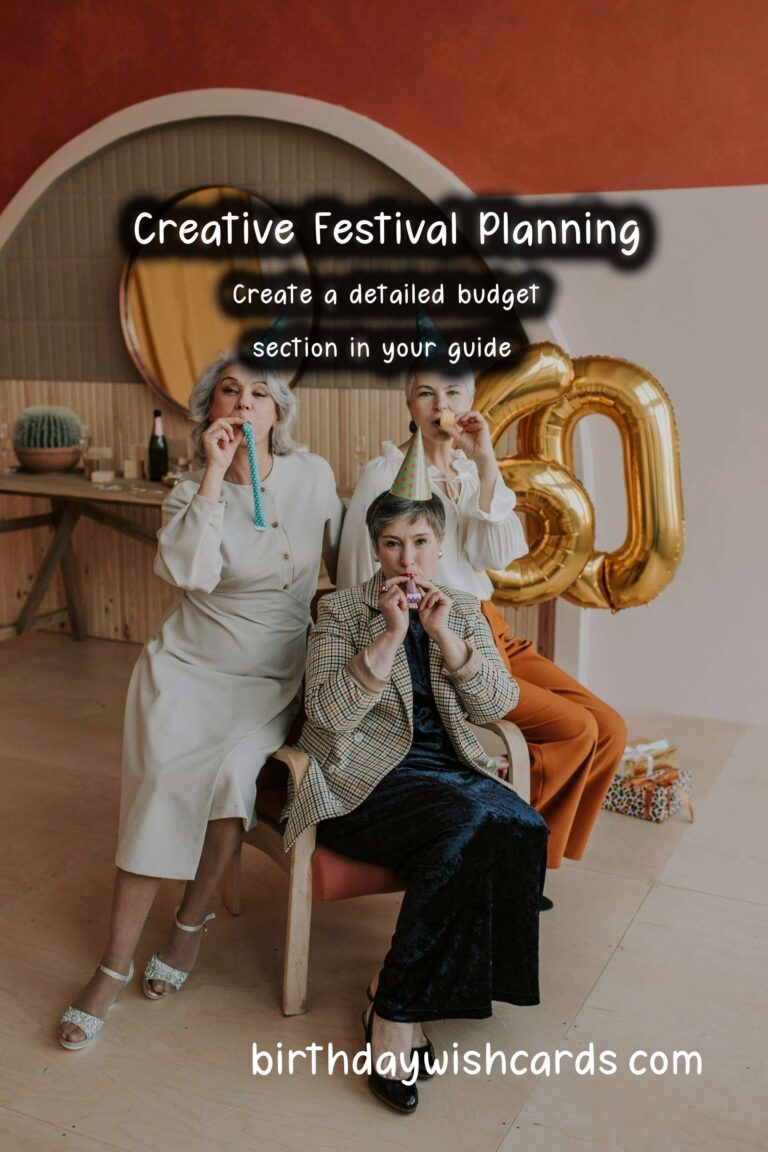
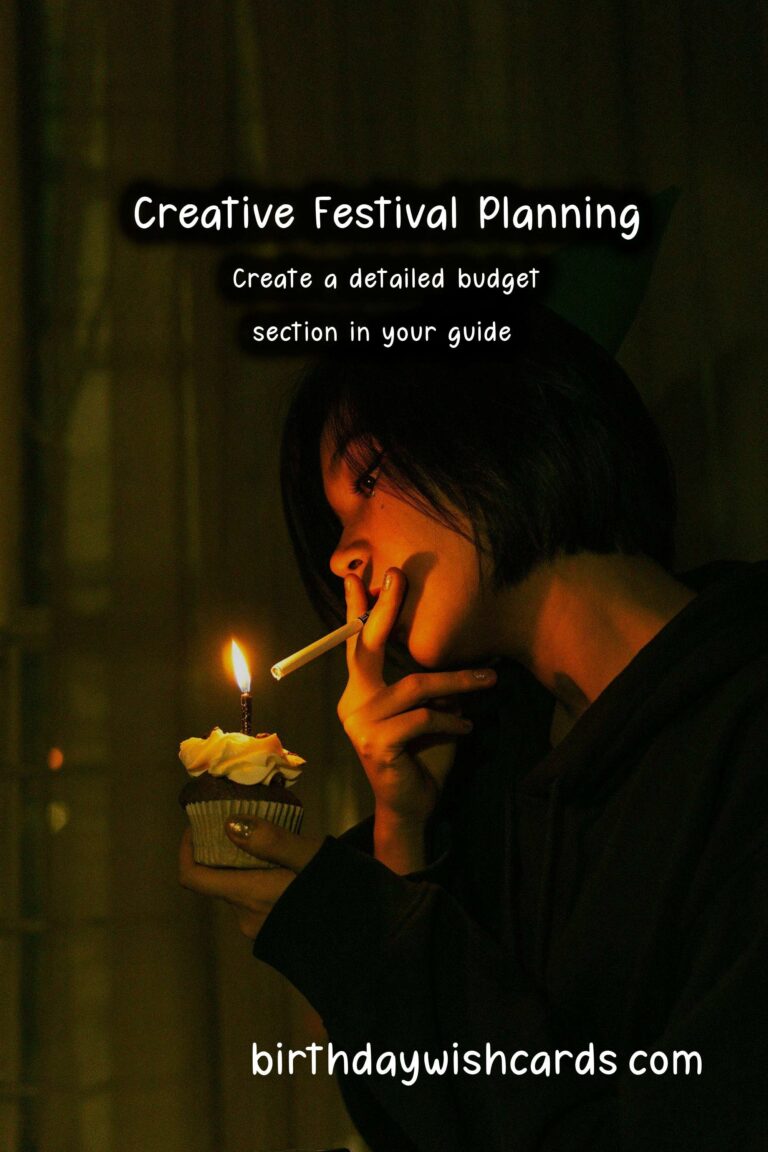
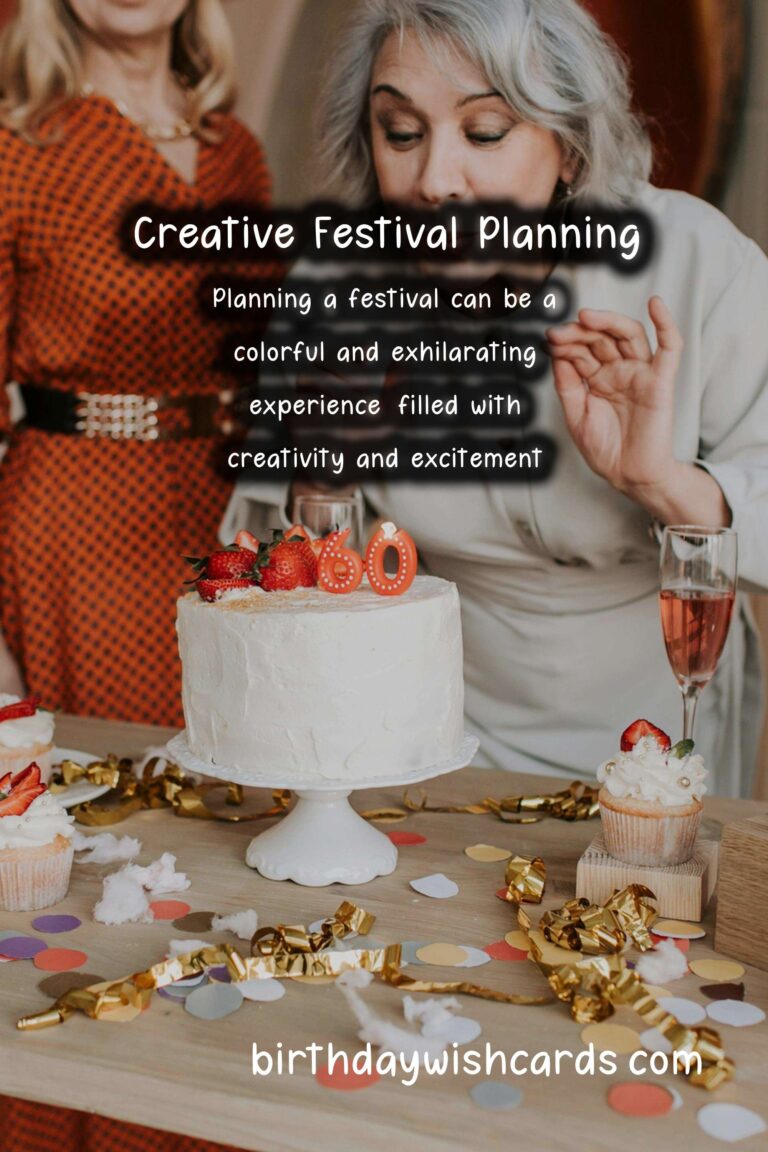
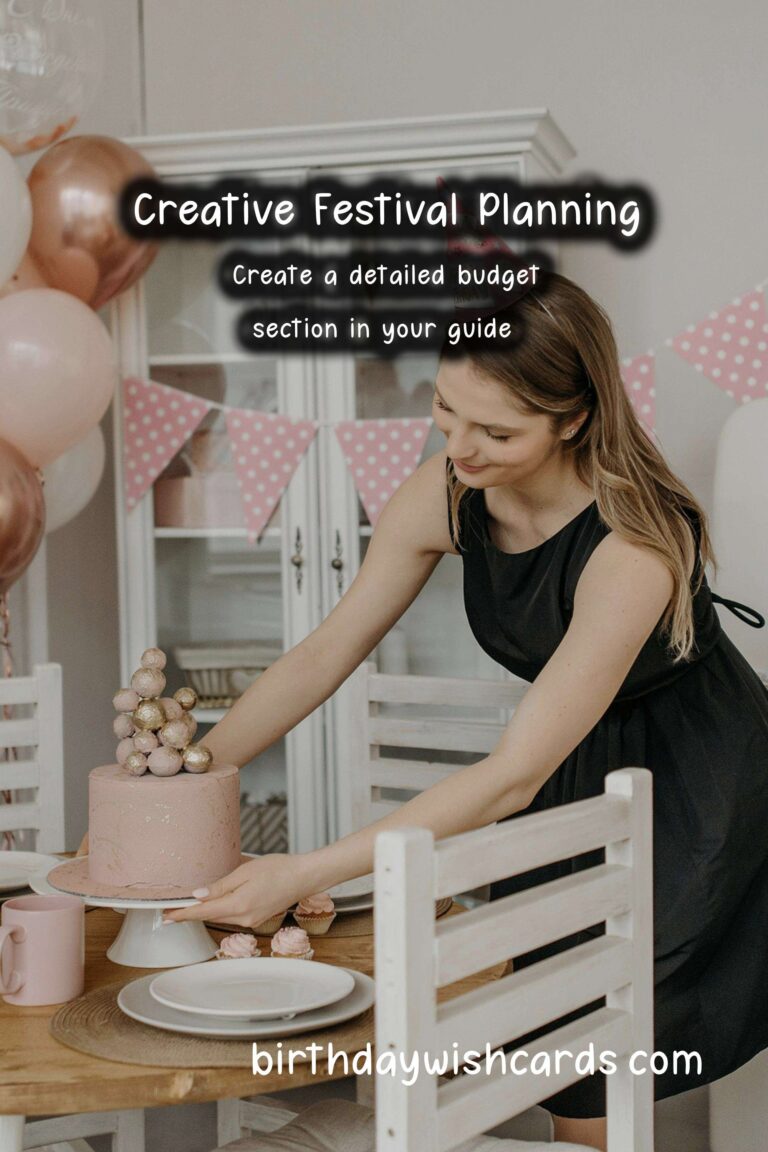
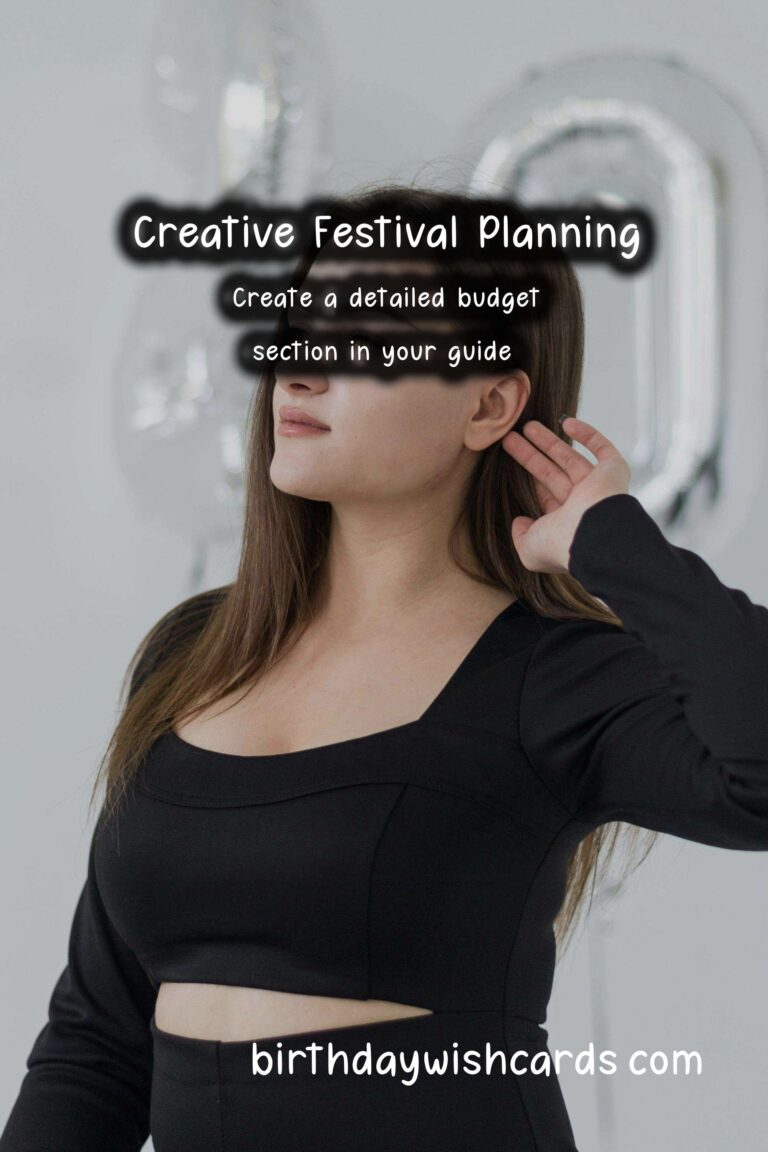
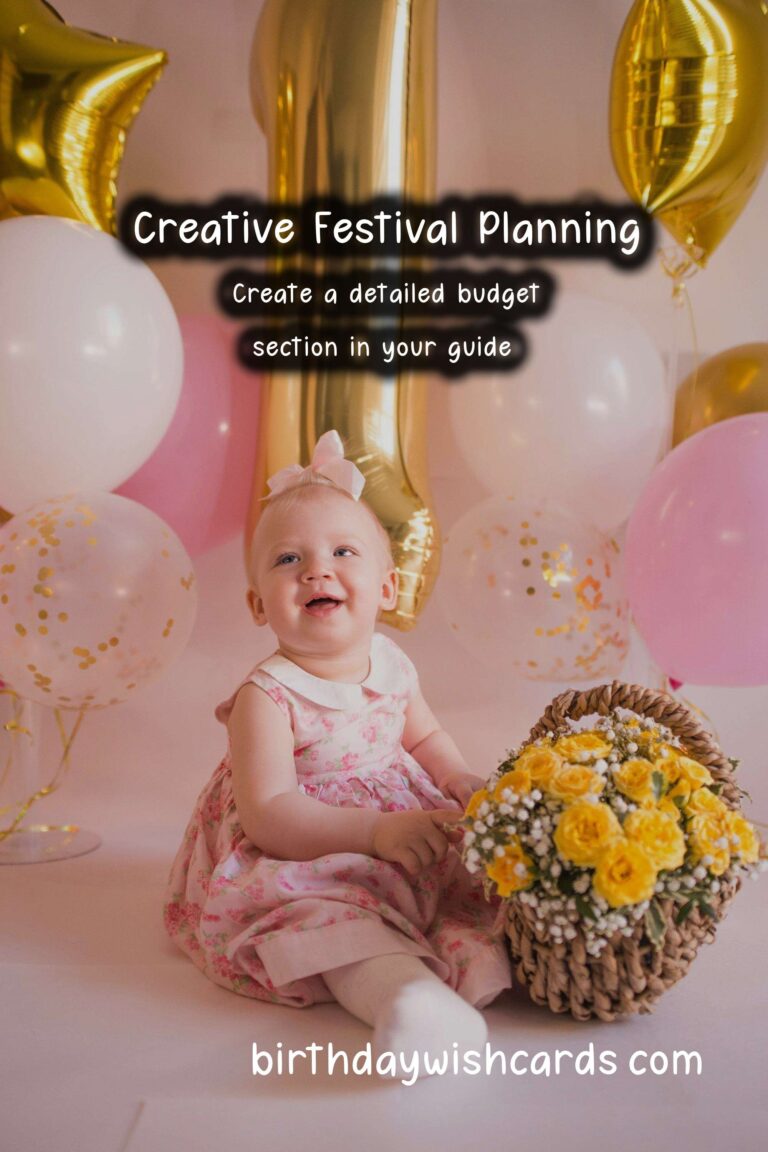
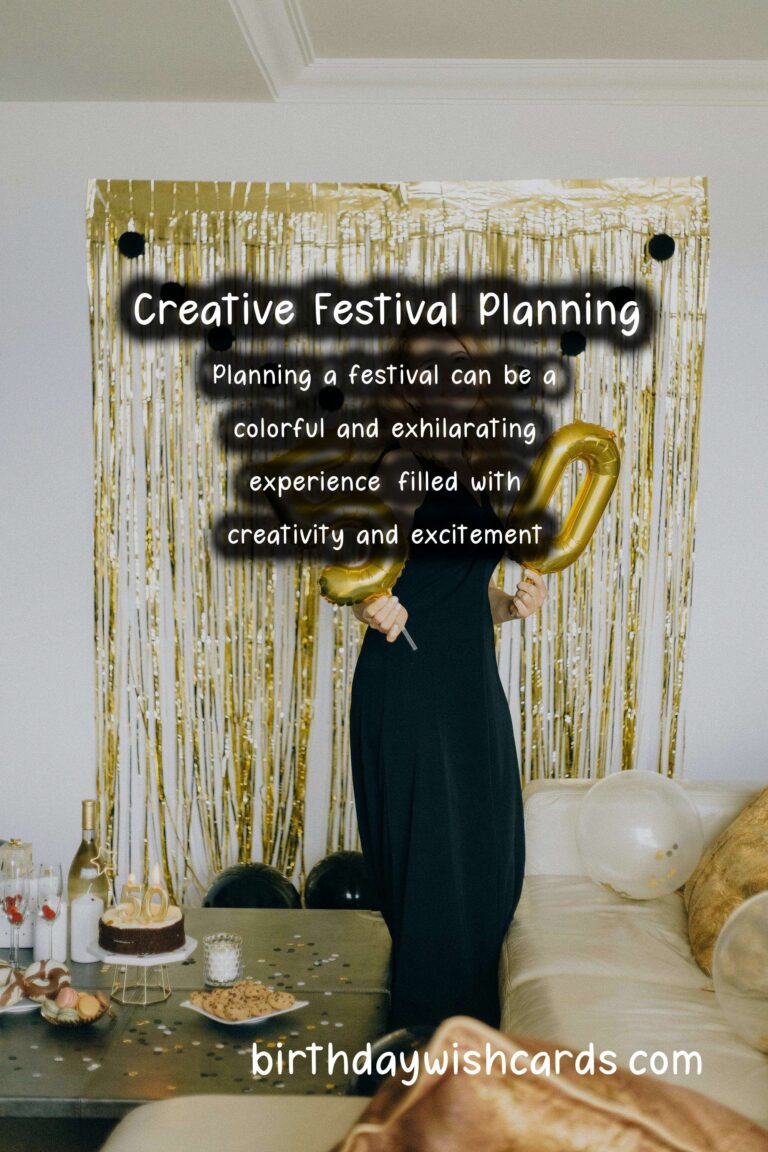
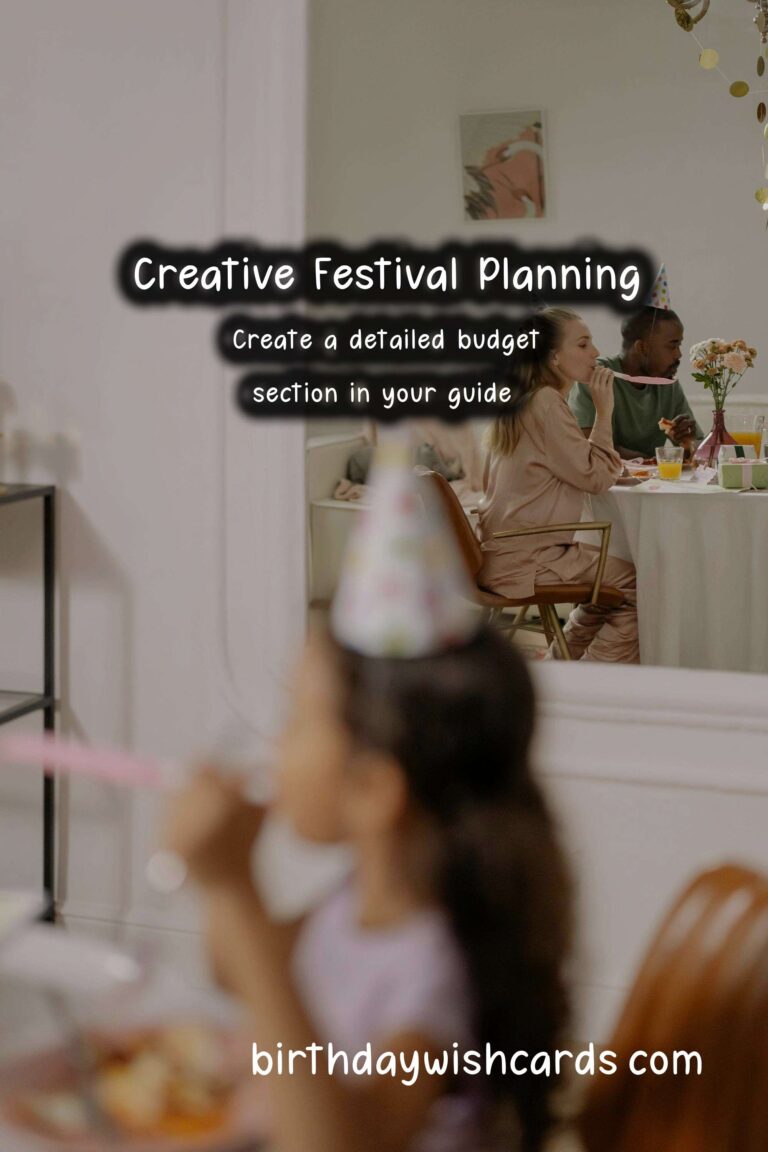
#FestivalPlanning #EventPlanning


